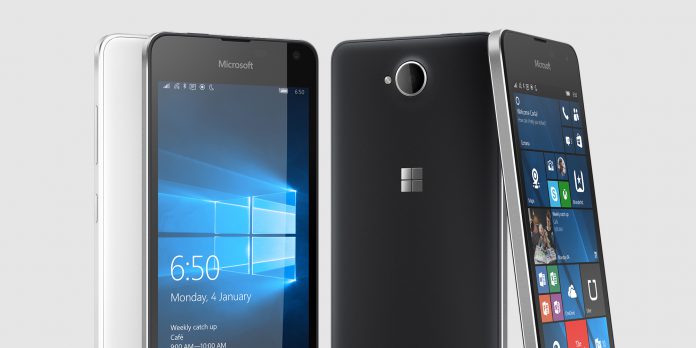The Senior Program Manager will be tasked with helping to “drive the communication experiences to mobile devices, improve the user experience, meet enterprise and operator requirements,” and “work with partners across the company including the hardware team to define the strategy, define the deliver the communication experience.” As for the Program Manager II position, Microsoft wants somebody to contribute “to a wide range of Mobile platform features, from device management, updatability, security features and drivers to managing quality flights and customer communication.” I am reading a lot of reports that suggest these postings mean Microsoft is now ramping up towards making mobile hardware again. That is certainly an exciting possibility, and there are plenty of other things that suggest a new Windows phone will launch this year. However, I am also reluctant to think two new positions (admittedly important ones) are a catalyst for a full return to making smartphones. Let’s not forget Microsoft laid off thousands of workers from its mobile division last year. While it is compelling and likely these positions have significance, the company could just be replacing two people who have left their jobs. In that respect, it is a case of wait and see. Since shuttering the Lumia brand last year, Microsoft has been quiet in terms of mobile. While the break from hardware has been disappointing, the company has continued to develop Windows 10 Mobile. Through several Insider releases and the Anniversary Update, the platform is improving. That said, if a smartphone is in development, possibly the flagship Surface Phone, Microsoft has plenty of work left to do for mobile. The Creators Update adds little to the Windows 10 Mobile experience above the Anniversary Update. It is a release mostly focused on Windows 10 PC. That means major changes to Windows Mobile may not come until later in the year and Redstone 3.
Windows 10 Mobile Development
While I like Windows 10 as a mobile OS, it is lagging behind in some areas. For example, it is not compatible with in-car systems, an area that is becoming increasingly important. It’s almost pointless getting excited about the game-changing Surface Phone until the platform is ready to deliver a game-changing experience. Microsoft is clearly chasing enterprise users with software and hardware. A chief concern I have about this ambition is that the company is missing a market trend. Customers are not making movements from PCs to mobile anymore. The mass migration to mobile happened years ago. Instead, people are moving sideways from mobile to mobile, through incremental updates of both hardware and software. Redmond wants to tap PC users in business and bring them to mobile. They are already there, and have not had a consistently good Windows experience on their devices. There is no sideways movement available from Windows 10 Mobile to a newer build. The market share is miniscule. Instead, Microsoft will need to convince users to jump from iOS or Android.




